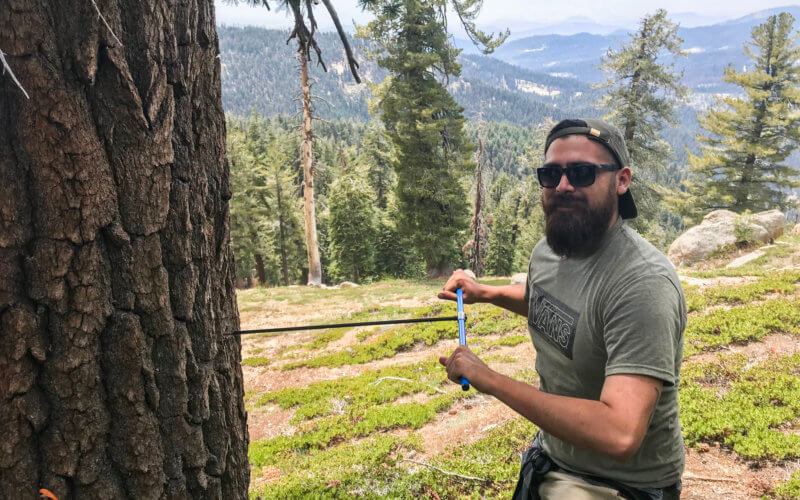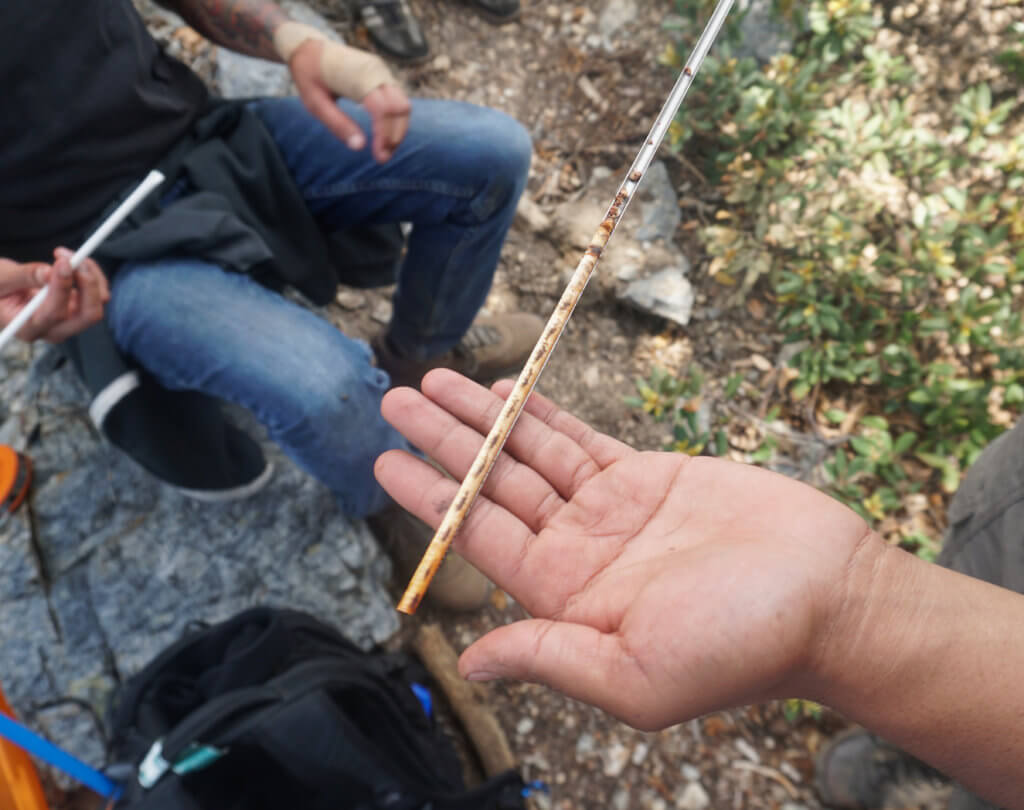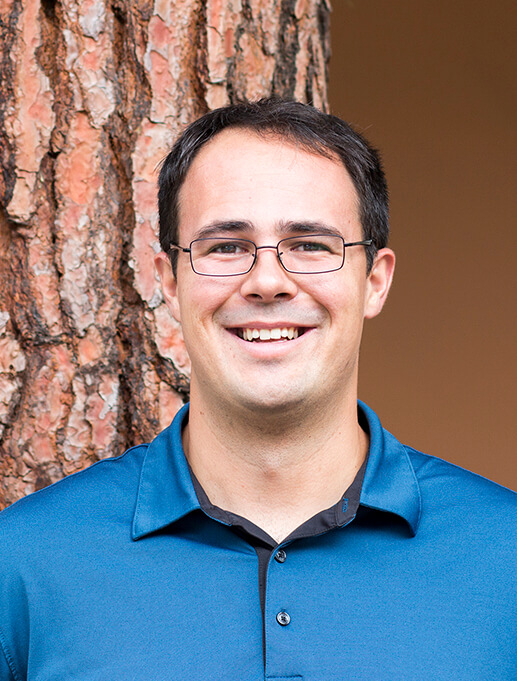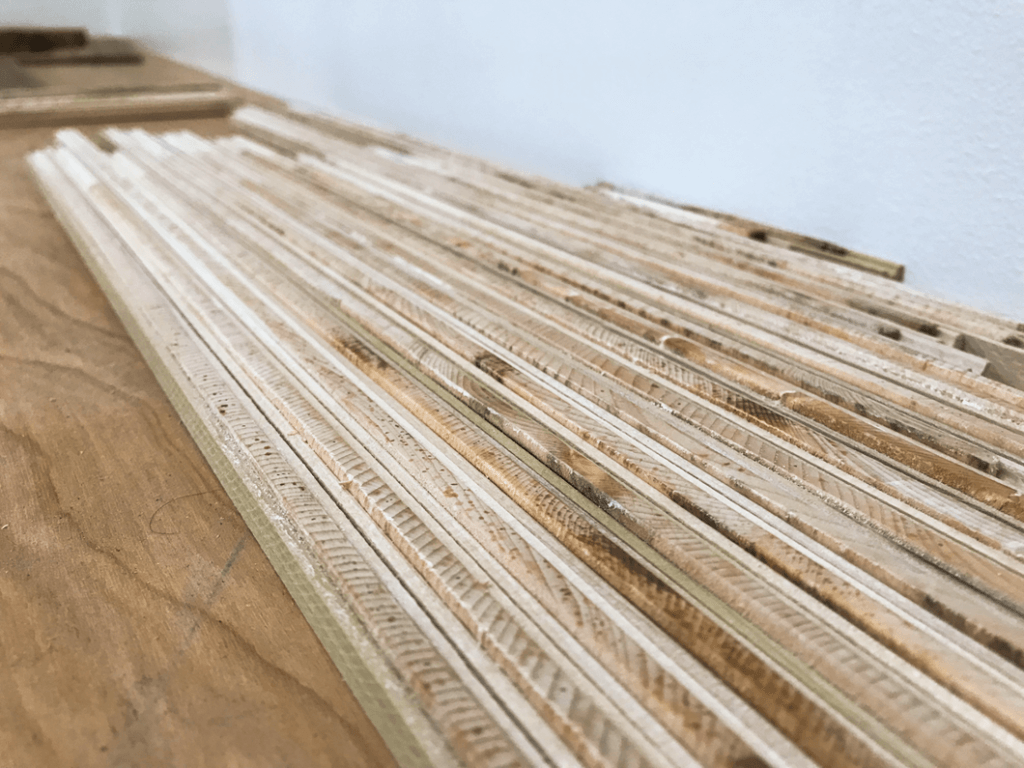
As a graduate student, alumnus Raymond Villalba spent 10 days on a camping and fieldwork trip to Sequoia and Yosemite national parks to collect tree samples for his research project on how changing climate influences tree growth.
Many of the trees sampled, which included sugar pines, western white pines and Jeffrey pines, were in hard-to-reach areas and at elevations of 11,000 feet. Villalba, his classmates and faculty mentor Trevis Matheus, spent eight- to 10-hour days hiking to various tree locations and collecting tree core samples.
“It’s exhausting work and requires a team,” said Villalba, who conducted the fieldwork as part of the “Mountain Field Geography” course.
For Villalba, who earned a master’s degree in geography in 2020, his arduous work paid off. His research was published Nov. 7 in The California Geographer, the peer-reviewed annual publication of the California Geographical Society. Matheus, associate professor of geography and the environment, is co-author of the paper and Villalba’s graduate adviser.

Villalba’s study focuses on a subfield of dendrochronology — the study of tree rings to record and date past events and environments. This subfield is called dendroclimatology, where he used tree rings to study climate.
He analyzed the tree sample cores he collected during the 2018 fieldwork course in CSUF’s Cal-Dendro Tree-Ring Lab, directed by Matheus.
Villalba correlated the data with existing climate data to determine how precipitation and temperature are influencing the growth of the three tree species that were sampled.
What the researchers revealed is that the trees studied in the Sierra Nevada are severely impacted by modern-day warming and an increasingly drying climate. The driest recorded soil moisture in the study was 2014, but this year is already drier, and researchers expect extreme drought conditions to continue.

“Drought and rising temperatures are impacting the region, making these trees much more susceptible to disease and fire,” said Matheus, adding that as a result, wildfires are becoming more frequent and devastating.
“California is in one of the worst droughts of the past 1,200 years. I like to tell my students that it is difficult to know where you are going if you don’t know where you have been. We can look back at periods of time in the tree-ring record when the climate was warmer and drier and this provides us a framework of what to expect as our climate warms in the near future.”
Villalba explained that future increases in temperature will leave forest trees vulnerable to future droughts, plus the snow and rain that falls in the Sierra Nevada are a main water source for California. According to his study, the Sierra Nevada accounts for 27% of the total precipitation in the state and provides 60% of the state’s total water supply.
“Droughts can not only have a profound negative impact on trees, but also on water supply and threaten California’s water security,” Villalba added. “California goes through many long periods of drought, and studies suggest that they are becoming more frequent. Research in dendroclimatology can provide methods to improve the accuracy of climate data and help researchers learn more about the severity of past droughts.”

Matheus’ students are contributing to his bigger picture research to reconstruct the snowpack and precipitation of the Sierra Nevada over the last 1,000 to 2,000 years.
“This will hopefully better inform water policy and give us an idea of what to expect in the coming decades,” Matheus said.
For Villalba, who earned a bachelor’s degree in geography from Cal State Long Beach, his research and lab experience and learning tree-ring methods gave him the tools and knowledge to pursue a career in the environmental field.
Villalba currently works full time in wastewater regulation for the Orange County Sanitation District, part time for the city of Los Angeles in urban forestry and as a geography tutor at Cerritos College. His long-term career goal is to teach geography at a community college.
“I look forward to passing down what I’ve learned at CSUF to future students, academics and other professionals in the field. I hope that others will build upon my research and continue with this work to further our understanding of climate variability in California.”